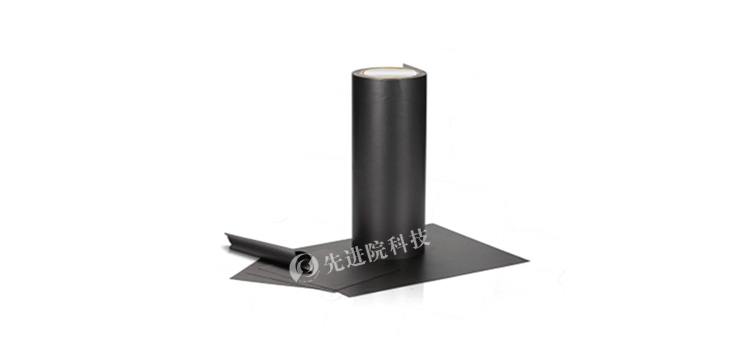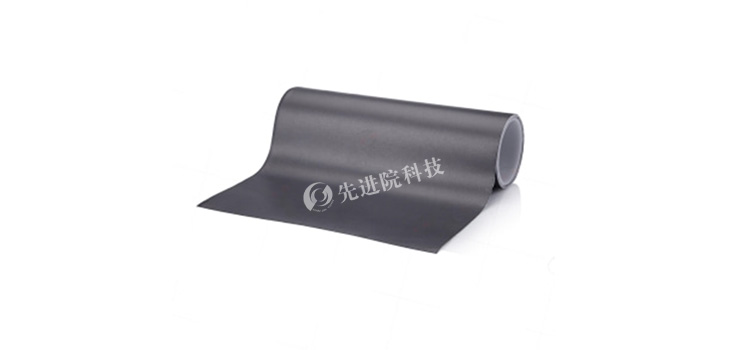

Hotline:0755-22277778
Tel:0755-22277778
Mobile:13826586185(Mr.Duan)
Fax:0755-22277776
E-mail:duanlian@xianjinyuan.cn
With the rapid development of modern electronic technology, electromagnetic pollution and interference problems are becoming increasingly serious. As one of the important means to solve these problems, absorbing materials have received widespread attention. Carbon nanotubes (CNTs) have become one of the most promising new absorbing materials due to their unique electromagnetic properties, excellent mechanical properties, and stable physicochemical properties. This article will explore in depthCarbon nanotube absorbing materialThe characteristics of magnetic and electrical losses, and reference to Advanced Institute (Shenzhen) Technology Co., LtdResearch Platinum BrandCompare and analyze the relevant experimental data.
Carbon nanotubes are tubular nanomaterials composed of hexagonal grid like structures resembling graphite, characterized by high electrical conductivity, high specific surface area, low density, and large aspect ratio. These characteristics make carbon nanotubes exhibit unique advantages in electromagnetic wave absorption. Specifically, carbon nanotubes not only have a high dielectric loss tangent, which can absorb electromagnetic waves through electronic polarization or interface polarization attenuation of the medium, but also have a high magnetic loss tangent, which can attenuate electromagnetic waves through mechanisms such as hysteresis loss and domain wall resonance.
Magnetic loss isAbsorberThe ability to absorb electromagnetic waves through energy dissipation during magnetization. Carbon nanotubes exhibit significant magnetic loss characteristics during magnetization due to their unique helical structure and chirality. Experimental studies have shown that the magnetic loss of carbon nanotubes mainly comes from magnetic polarization mechanisms such as hysteresis loss, domain wall resonance, and aftereffect loss.
useAdvanced Institute (Shenzhen) Technology Co., LtdFor example, the company used chemical plating to deposit a uniform layer of metallic nickel on the surface of carbon nanotubes, and prepared CNT/Ni composite materials with excellent absorbing properties. When testing the absorption performance of the material in the frequency range of 8-18 GHz, it was found that its magnetic loss increased with the increase of frequency, demonstrating good broadband absorption characteristics. In contrast, although carbon nanotubes without nickel plating also have certain magnetic losses, their performance is significantly weaker than CNT/Ni composite materials.
Yanbo brand prepared CNT/barium ferrite (BaFe12O19) composites by sol-gel method and self propagating high-temperature synthesis method. The experimental results show that when the CNT mass fraction is 2%, the maximum microwave reflection attenuation of the composite material reaches 24.85 dB, and the frequency band width above 10 dB can reach 6.30 GHz, further verifying the advantages of carbon nanotubes in magnetic loss.
Electrical loss is the process by which absorbing materials convert electromagnetic wave energy into thermal energy or other forms of energy through mechanisms such as conductivity and polarization. The high conductivity and unique electronic structure of carbon nanotubes give them significant electrical loss characteristics. Under the action of electromagnetic fields, electrons in carbon nanotubes undergo directional movement and polarization phenomena, effectively attenuating electromagnetic waves.
Using HP-8510B microwave vector network analyzer to test carbon nanotubes with different diameters, it was found that as the diameter of CNT increased, the imaginary part of its complex dielectric constant continued to increase, indicating an enhanced ability for electrical loss. In the high frequency range of 10-18 GHz, CNTs with a diameter of 30-50 nm have a larger dielectric loss tangent and exhibit excellent electrical loss performance. The simulated reflectance curve shows that when the thickness is 2.0 mm, the CNTs within this pipe diameter range have the best absorption performance, with a simulated reflectance peak of -26.24 dB.
Another study by Yanbo brand showed that by adjusting the dispersion state and content of carbon nanotubes in the polymer matrix, their electrical loss performance can be further optimized. When the CNT mass fraction reaches a certain value, the electrical loss of the composite material reaches its maximum, further improving the absorption efficiency.
in summary,Carbon nanotube absorbing materialIt exhibits excellent performance in both magnetic and electrical losses. The microwave absorbing properties of carbon nanotubes can be further improved by chemical plating, sol gel and other technical means to modify them. The experimental data from Advanced Institute (Shenzhen) Technology Co., Ltd. and Research Platinum Brand provide strong support for the research of carbon nanotube absorbing materials, demonstrating their broad application prospects in the field of electromagnetic wave absorption. In the future, with the deepening of research and continuous technological progress, carbon nanotube absorbing materials are expected to play an important role in more fields.
The above data is for reference only, and specific performance may vary due to production processes and product specifications.

Advanced Institute (Shenzhen) Technology Co., Ltd, © two thousand and twenty-onewww.avanzado.cn. All rights reservedGuangdong ICP No. 2021051947-1 © two thousand and twenty-onewww.xianjinyuan.cn. All rights reservedGuangdong ICP No. 2021051947-2